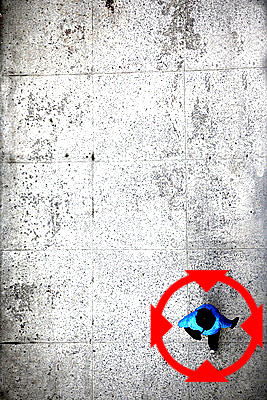GPS could get better
 New research could significantly improve the accuracy of the global positioning system (GPS) in smartphones.
New research could significantly improve the accuracy of the global positioning system (GPS) in smartphones.
By combining signals from four different Global Navigation Satellite Systems (GNSS), Dr Robert Odolinski and Curtin University colleague Prof Peter Teunissen have demonstrated that it is possible to achieve centimetre-level precise positioning on a smartphone.
“It’s all down to the mathematics we applied to make the most of the relatively low-cost technology smartphones use to receive GNSS signals, combining data from American, Chinese, Japanese, and European GNSS. We believe this new capability will revolutionize applications that require cm-level positioning,” Dr Odolinski says.
He said that to understand the new technology, a look back at the historical scientific context is needed.
“For decades, construction, engineering, cadastral surveying and earthquake monitoring have relied on high-cost, ‘dual-frequency’, GPS positioning to obtain centimetre-level location information.
“The challenge is that GPS signals, travelling from Earth-orbiting satellites to receivers on the ground, are disrupted along the way, and this generates errors and limiting precision.
“The traditional solution is to combine GPS signals sent at two different frequencies to improve the positions, but the antennas and receivers required have been expensive, far beyond the reach of many who would benefit from the technology,” says Dr Odolinski.
The new approach uses only one of two frequencies but collects data from more satellites, for what is called a “multi-constellation” GNSS solution. The extra data (and clever maths) is used to improve the positions without adding cost.
Dr Odolinski believes that countries and industries of all sizes can benefit from using smartphones as GNSS receivers, and is confident commercial application and development will lead on from this research.
“This significant reduction in costs when using smartphones can increase the number of receivers that can be deployed, which will revolutionise a range of disciplines requiring centimetre-level positioning, including precise car navigation, surveying, and geophysics (deformation monitoring), to name a few.”








 Print
Print